Quarantined people deal with amplified anger, anxiety, fear and grief, which can take a serious toll on emotional and physical health. In this episode of the podcast Going Viral, medical historian Mark Honigsbaum interviews Professor Thomas Dixon, who offers a wealth of survey data on how people cope with lockdowns and personal tragedies in this era of coronavirus. Mark’s daughter Olivia speaks with Nancy Lublin, whose Crisis Text Line monitors how young people use technology to cope with isolation from friends.
People cannot enjoy much direct social interaction during the coronavirus pandemic.
Negative thoughts including those about death and mortality feature prominently in many people’s minds. Rage and fury are not useful emotions. In online communications, violent emotions can drive misinformation and subsequent anger. Calmness and stoicism are much better states of mind, because the coronavirus pandemic is likely to last a long time.
Professor Thomas Dixon employs a mood tracker to gather data about how people are feeling. Up to March 13, 2020 he found that 61% of UK respondents claimed to be happy, while normally the percentage is about 50%. Dixon noted stress and frustration as other common feelings.
During the first two weeks of lockdown, stress predominated peoples’ emotions, while happiness plummeted. Boredom registered as the second most common mood, and 43% reported frustration. Fear was high initially, but then decreased. Dixon’s mood data indicated that quarantined people were ultimately more bored than scared.
Some people have embraced positive aspects of the lockdown...
Podcast presenter Dr. Mark Honigsbaum is a writer and journalist specializing in the history and science of infectious diseases. Guest Dr. Thomas Dixon is Professor of History at Queen Mary University, London and author of Weeping Britannia: Portrait of a Nation in Tears. Olivia Honigsbaum’s guest, Nancy Lublin, is founder & CEO of Crisis Text Line.









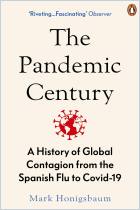



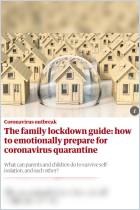
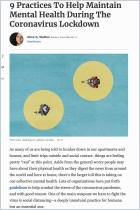

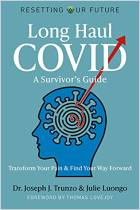
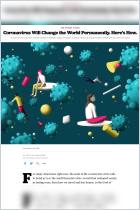

Comment on this summary or Start Discussion